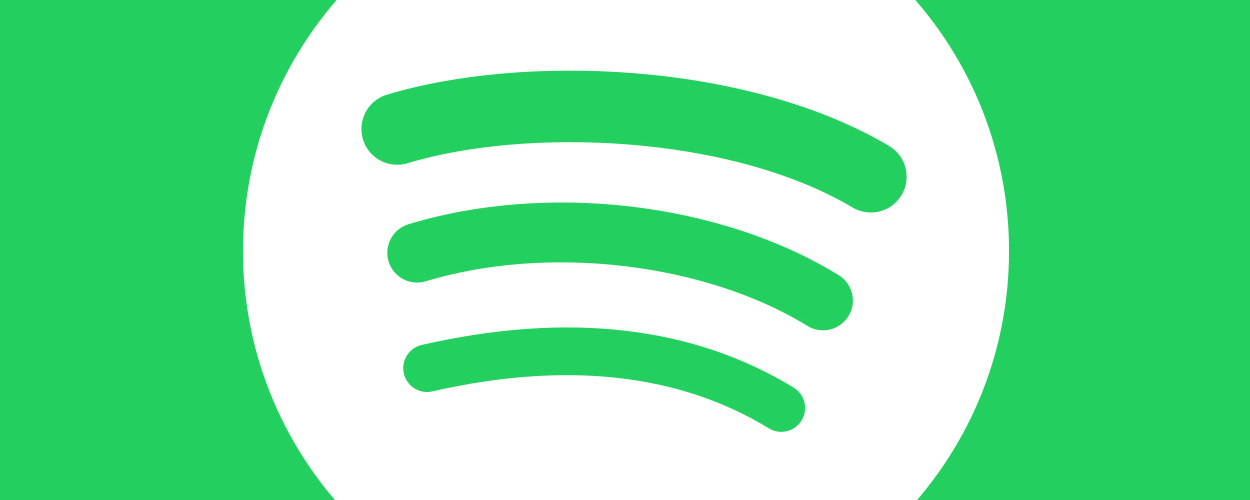This website uses cookies so that we can provide you with the best user experience possible. Cookie information is stored in your browser and performs functions such as recognising you when you return to our website and helping our team to understand which sections of the website you find most interesting and useful.
Business News Digital
Spotify reports subscriber growth despite Rogan and Russia, but share price drops to all time low
By Chris Cooke | Published on Thursday 28 April 2022

Spotify’s share price dropped to an all-time low yesterday after the streaming firm confirmed that it signed up two million more premium subscribers in the first quarter of 2022. And that was despite the Joe Rogan debacle and the closure of its Russian service. It’s a funny old world!
So, with premium subscriber numbers still in growth mode, why the further dip in a Spotify share price that has been pretty much declining for a year now? Well, those growth rates were lower than originally anticipated within the investment community, and the company’s predictions for the next quarter were also down on what was previously expected.
Then there’s the Netflix effect, with the video platform’s recent confirmation that it actually saw a decline in user figures in the first quarter of the year making certain investors nervous about the premium digital content sector in general.
That nervousness is based on various factors, including the COVID-caused surge in demand for home entertainment coming to an end; the closure of the Russian market to global players; the ongoing increase in competition for consumer attention; and the rising cost of living impacting on what monies those consumers have available for fun times.
Aware of that Netflix effect, Spotify boss Daniel Ek was keen to distinguish his service from that service when talking to investors yesterday.
According to the FT, he remarked: “I think a lot of people are grouping us and Netflix together. Despite both being media companies and primarily subscription revenue companies, that’s kind of where the similarities end for me. With Spotify we are a platform, Netflix is not. With Spotify we have a free service, Netflix does not … it’s vastly different businesses”.
Ek is definitely right that there are plenty of differences between Spotify and Netflix, including – as he points out – that Spotify has a free tier and Netflix does not, or at least doesn’t yet. And – with the exception of some exclusives in the podcast domain – Spotify doesn’t really compete with its rivals on content in the way Netflix does with Amazon and Disney et al. Nor is it in direct competition with the companies that it is simultaneously trying to license content from.
Plus there’s the active-to-passive consumption ratio – with passive consumption higher on music services than video services. And, arguably, people have more time available for passive consumption than active consumption, and fewer options available to fill that time.
Though that’s not to say that Spotify isn’t impacted by the factors outlined above. And in his analysis of Spotify and the wider digital content sector, Mark Mulligan from MIDiA notes that generally it’s free services where the healthier growth figures are currently being seen. And while Spotify has its free tier, it makes the vast majority of its money from premium subscriptions. And the free tier is susceptible to any big wobbles in the advertising market, which could be incoming.
So make of that what you will. Though if you’re still feeling optimistic about the long-term future of Spotify, it’s probably a good time to buy some shares!





